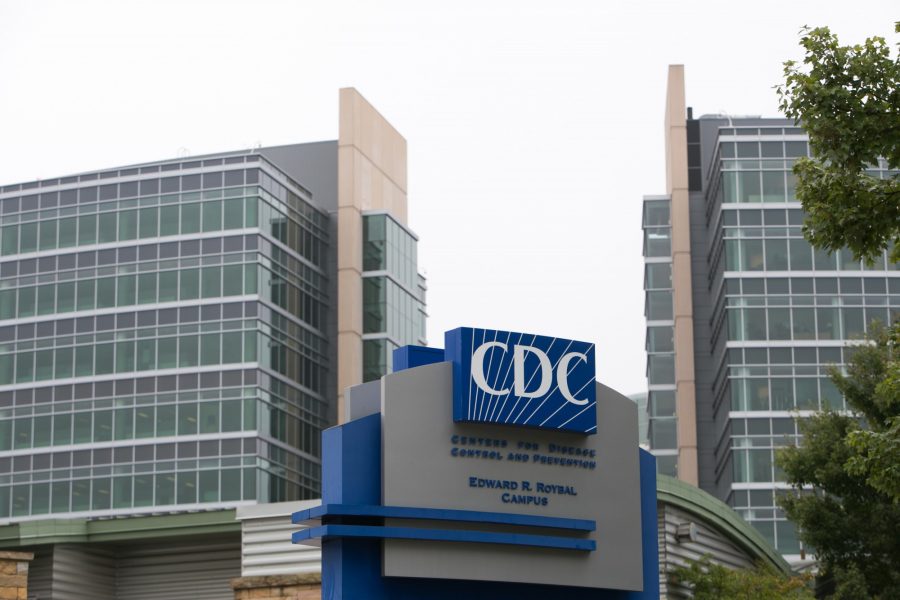On Aug. 7, the Centers for Disease Control and Prevention updated its considerations for wearing certain types of masks. The agency stated that it does not recommend people wear “masks for source control if they have an exhalation valve or vent.”
The novel coronavirus (SARS-CoV-2) is spread through three major modes of transmission: aerosol, respiratory droplets and contact through surfaces. People with COVID-19 typically spread respiratory droplets through coughing, sneezing and talking. However, a mask with a valve or vent still allows for these droplets to spread, furthering the transmission of the virus.
“Masks with one-way valves or vents allow exhaled air to be expelled out through holes in the material,” the agency said earlier in August. ”This can allow exhaled respiratory droplets to reach others and potentially spread the COVID-19 virus.”
RELATED: How does COVID-19 manifest and what can you do if you begin to show symptoms?
Wearing a mask will help protect people around you, including those who are more vulnerable to having a severe illness from COVID-19. However, masks with one-way valves close when the wearer breathes in, but they open when the person breathes out, allowing unfiltered air and droplets to escape, according to Will Humble, the executive director for the Arizona Public Health Association.
A study published in Health Affairs on June 16 compared the rate of growth of COVID-19 before and after mask mandates in 15 states and the District of Columbia between April 8 and May 15.
The study found that mandates for wearing masks did lead to a slowdown in the daily COVID-19 growth rate, a trend that got even more pronounced with time. During the first five days after a mandate, the daily growth rate slowed by 0.9%, and at three weeks, the daily growth rate of COVID-19 slowed by an entire 2%.
Another study by The BMJ, a high-impact medical research journal, found that wearing a mask “was 79% effective at curbing transmission before symptoms emerged in the first person infected, but it wasn’t protective once symptoms had developed.”
“There is increasingly compelling evidence that wearing a mask in indoor, public spaces is a very effective intervention, and if you think about the return on investment … it’s off the charts,” Humble said in a press conference in mid-June with Arizona Congressman Ruben Gallego and Andy Slavitt, a former acting administrator of the Centers for Medicare and Medicaid Services under President Obama.
Earlier this summer, Dr. Robert Redfield, the director of the CDC, said he believes the pandemic could be brought under control over the next four to eight weeks if “we could get everybody to wear a mask right now.”
As politicized as it has become, wearing a mask is one of the best, if not the best, tools we currently have for mitigating future outbreaks and controlling the spread of the virus.
Follow Amit Syal on Twitter









